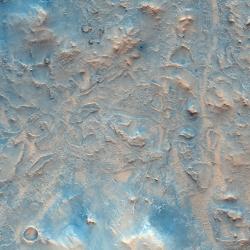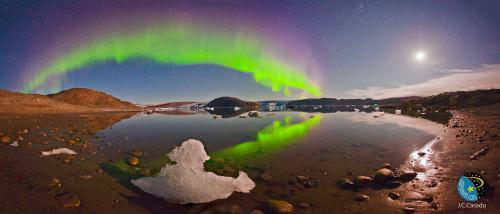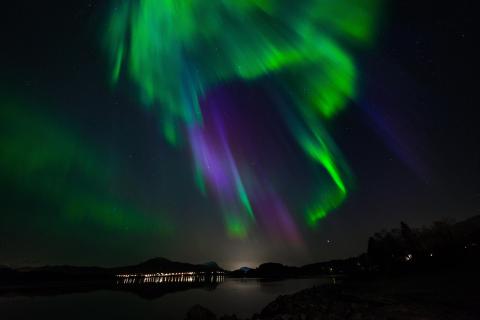The colour of auroras teaches us something about the chemical elements in our atmosphere that are excited by the particles of the solar wind.
The “lines” of certain aurora types reflect the lines within the Earth’s magnetic field along which the protons and electrons in the solar plasma flow.
The colour of the aurora depends on:
- the altitude of the area in which particles are struck
- the energy of the struck particles
Aurora altitude:
- Above an altitude of 200 kilometres:
the aurora tends to colour red after atomic oxygen has been excited by the electrons in the solar plasma; - Between 100 and 200 kilometres of altitude
nitrogen is excited, emitting secondary electrons that interact with the oxygen. The sky colours blue and green then. - Below an altitude of 100 kilometers:
nitrogens colour purple after they have been “excited” by the solar wind





